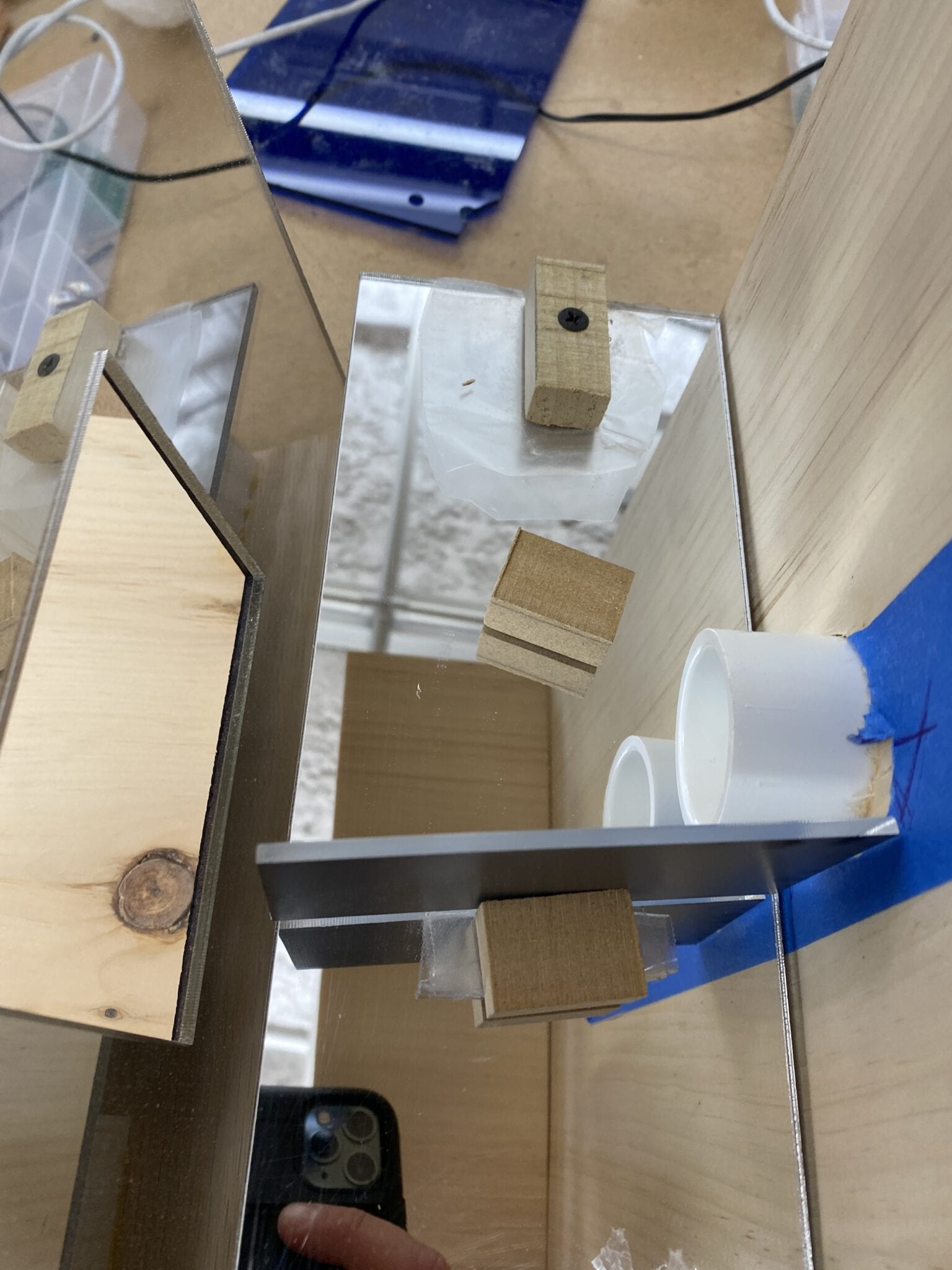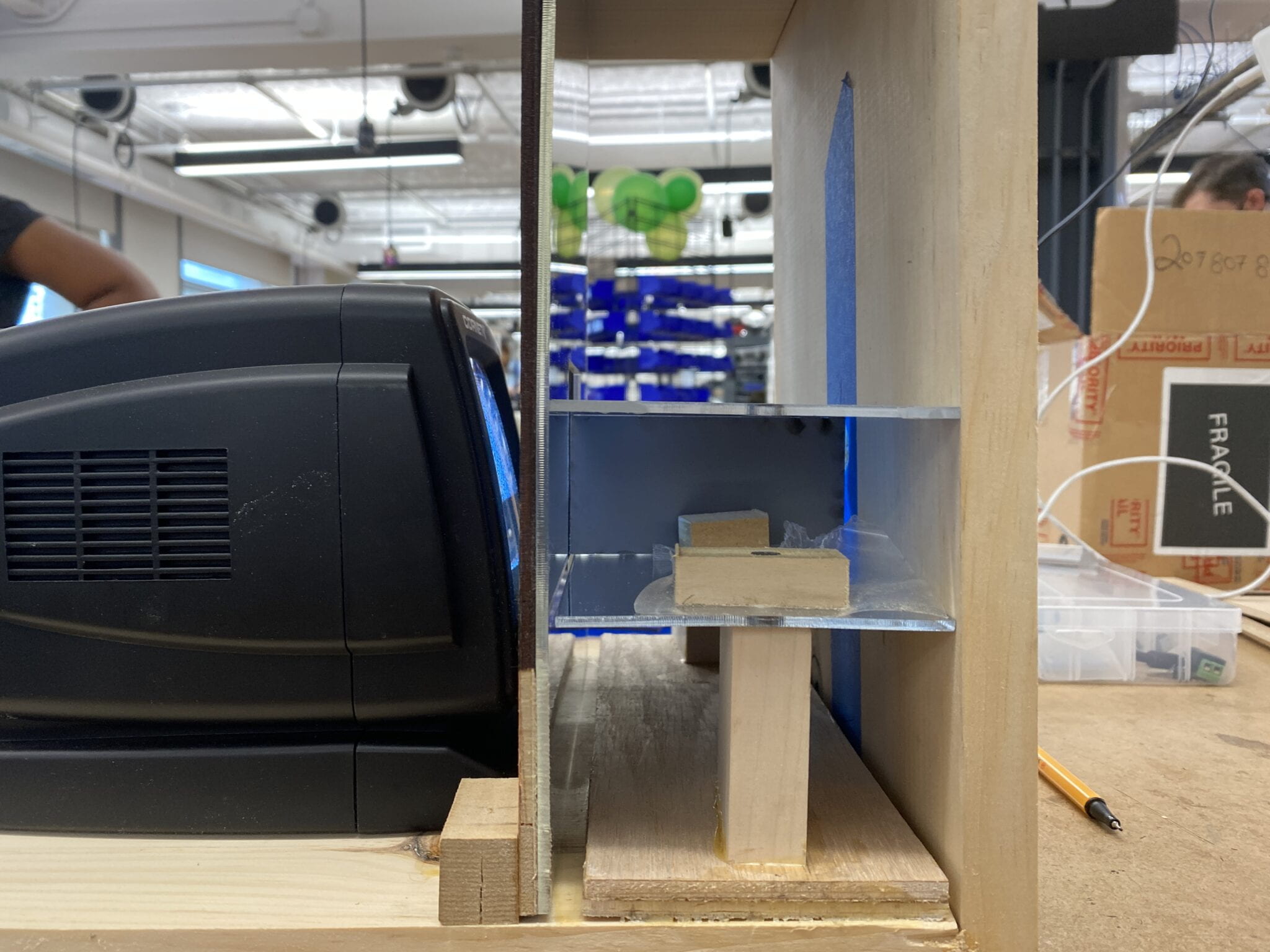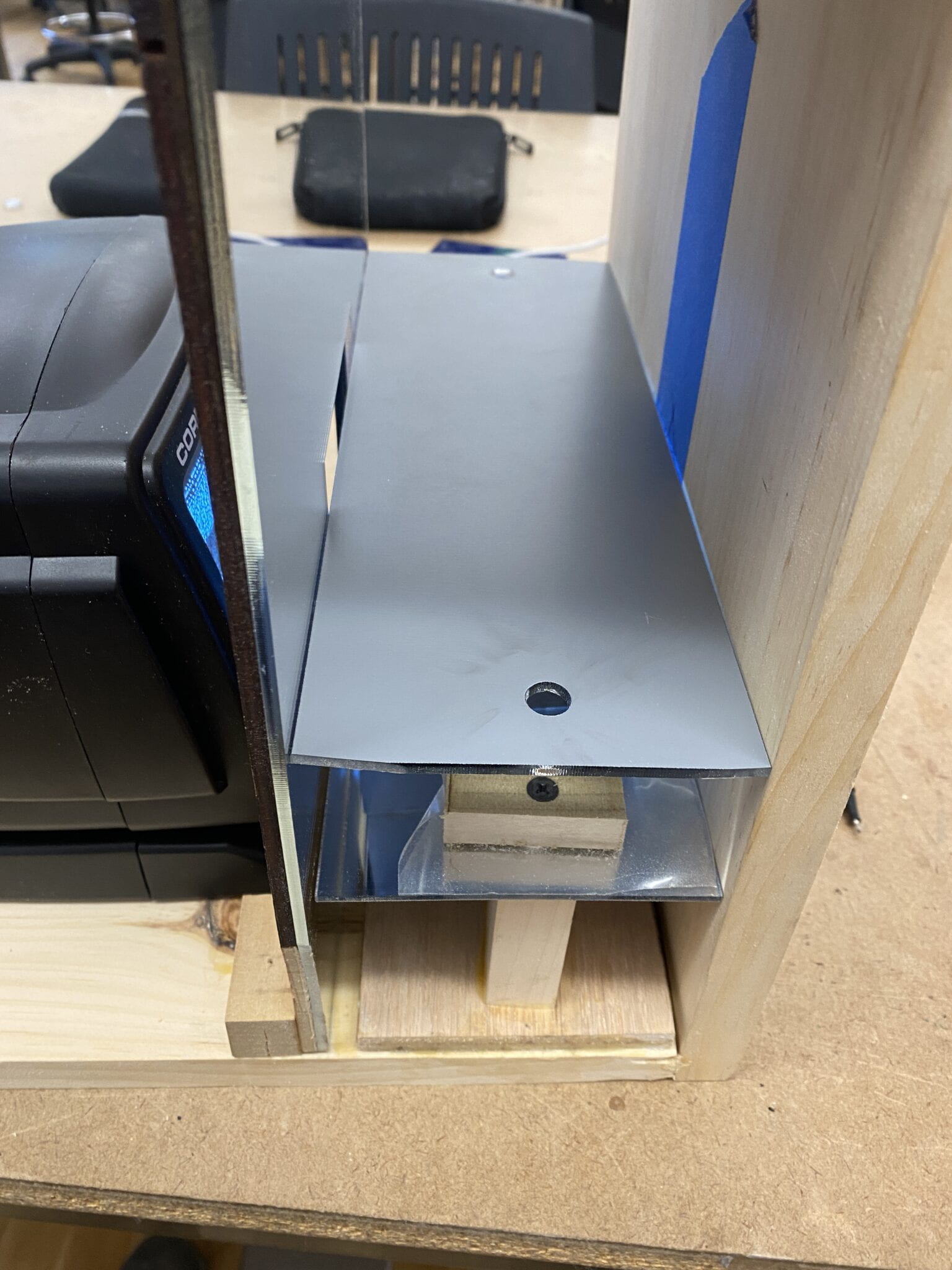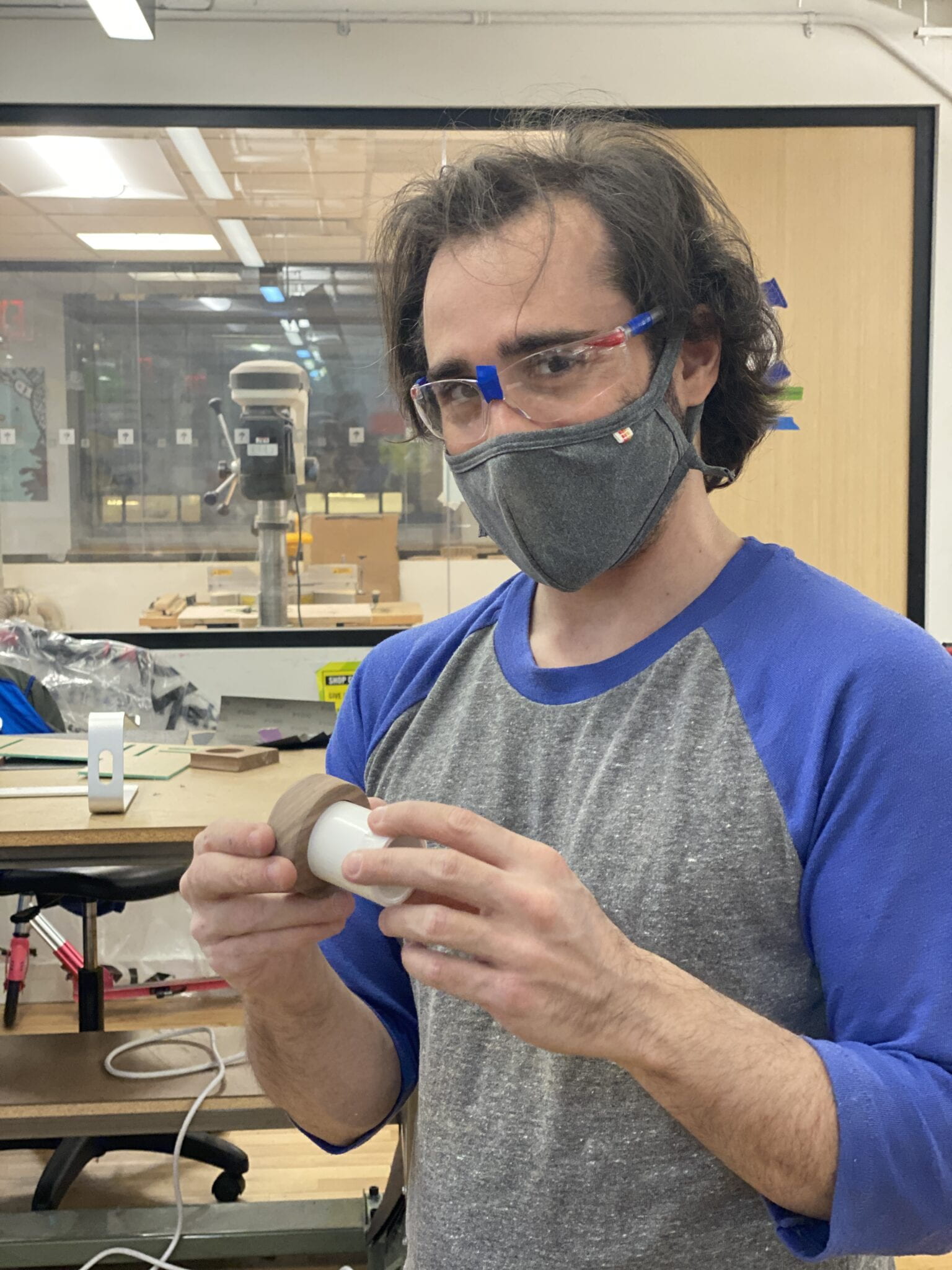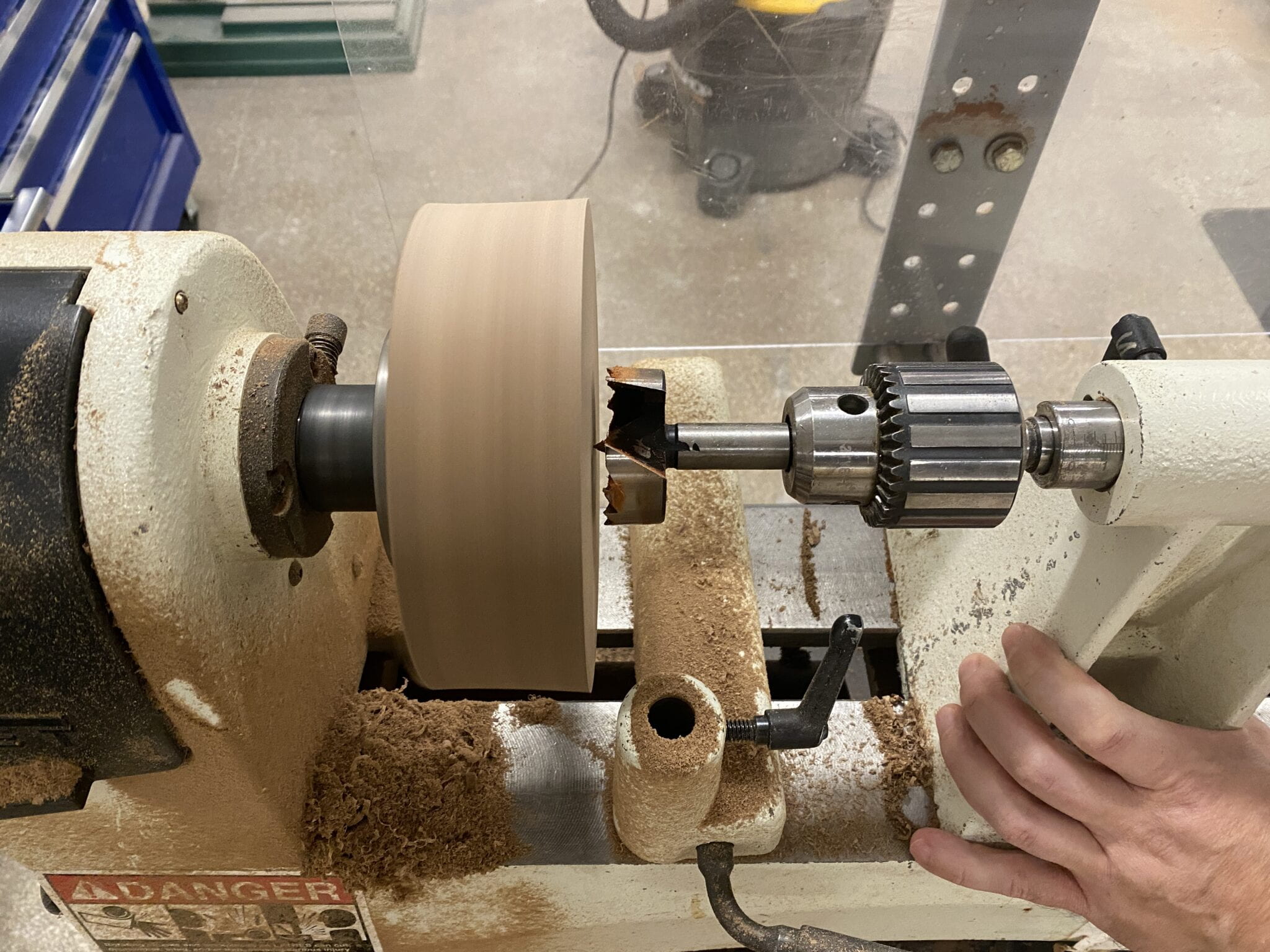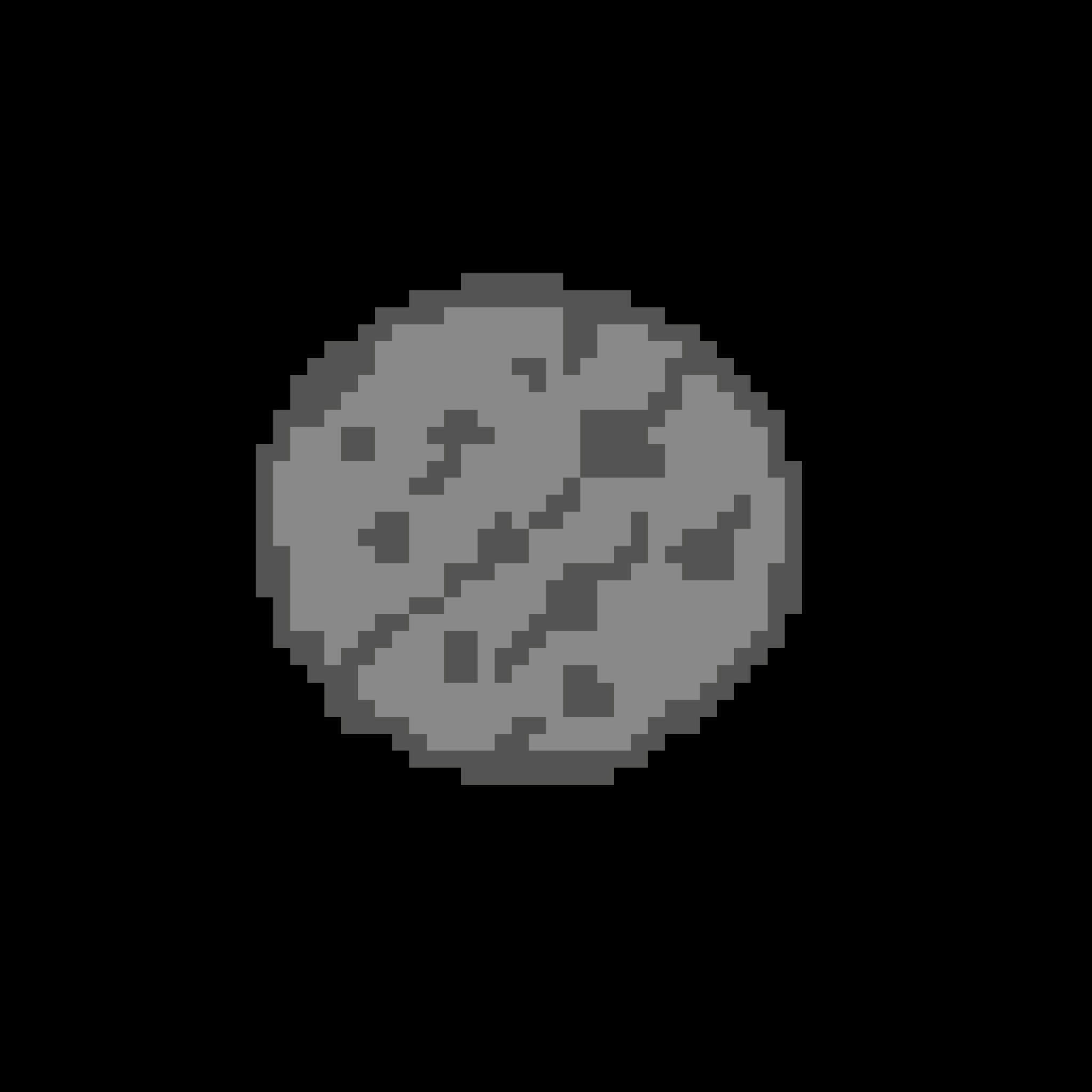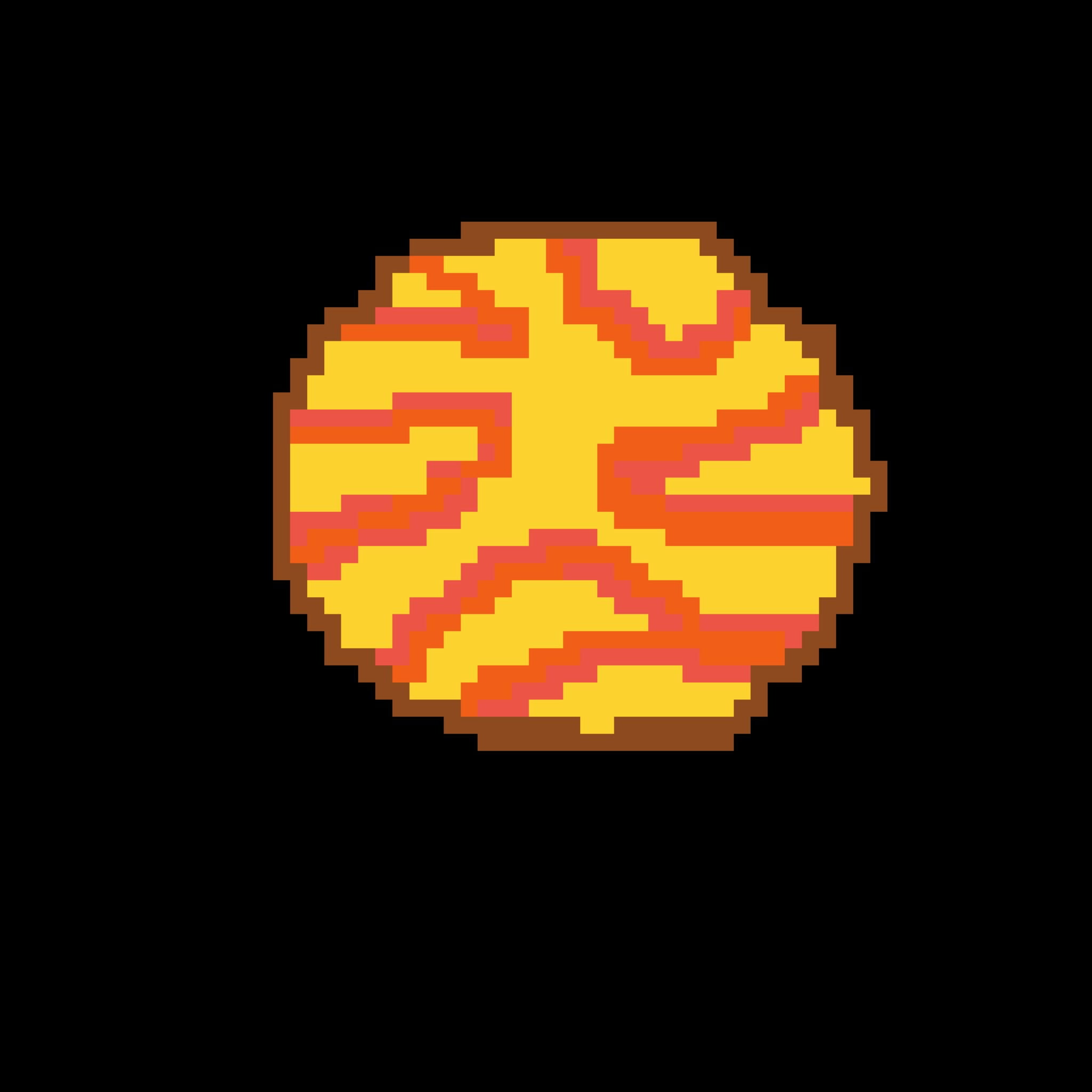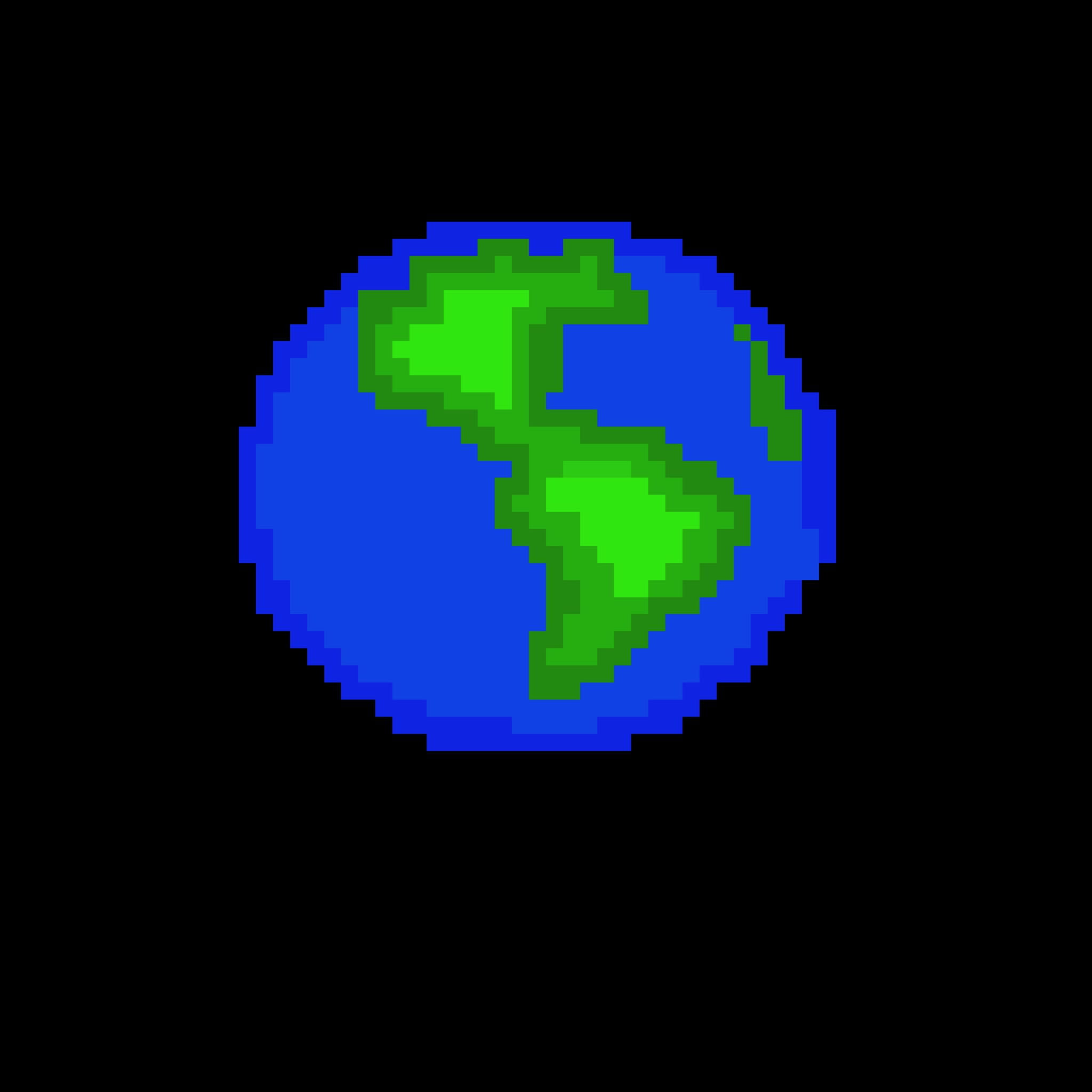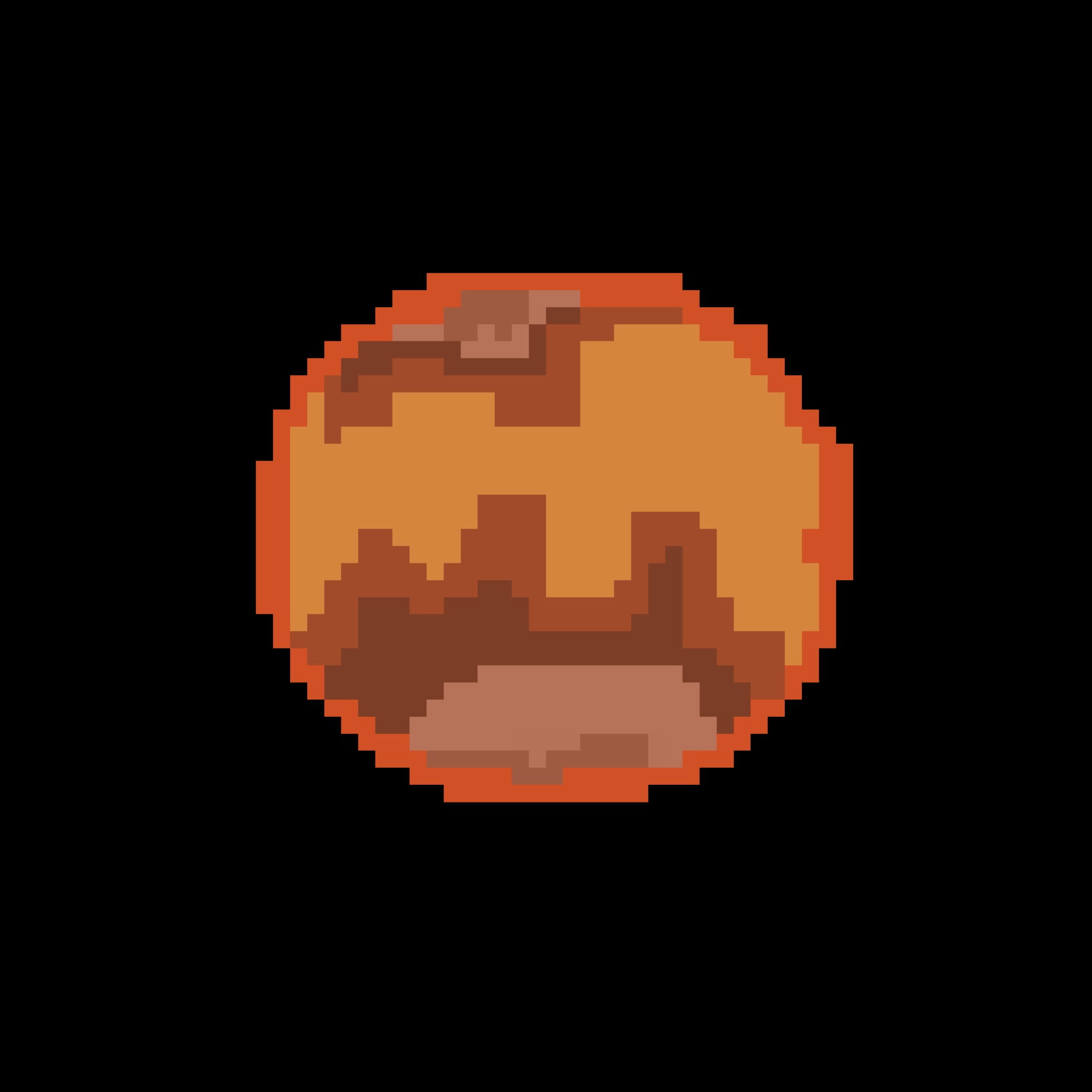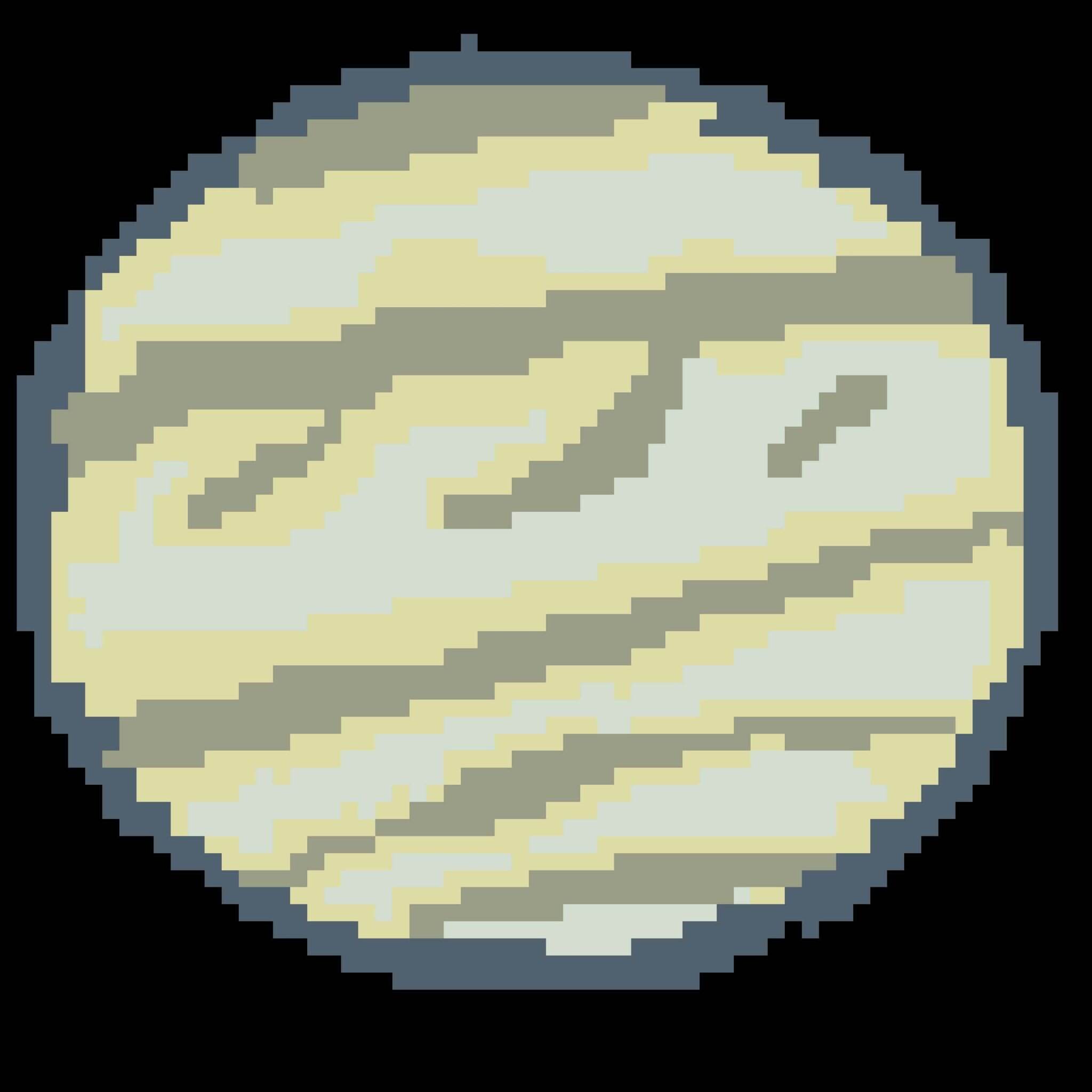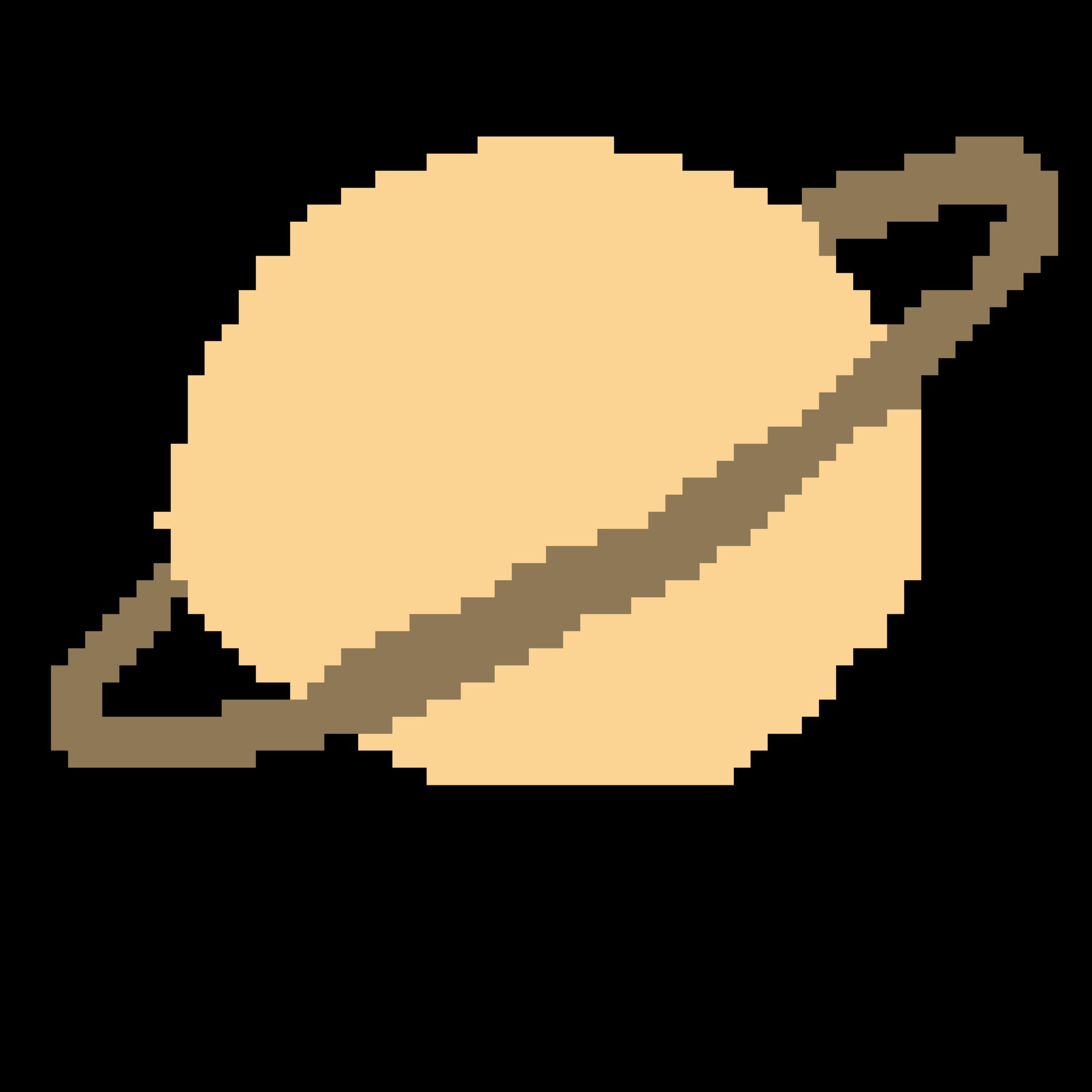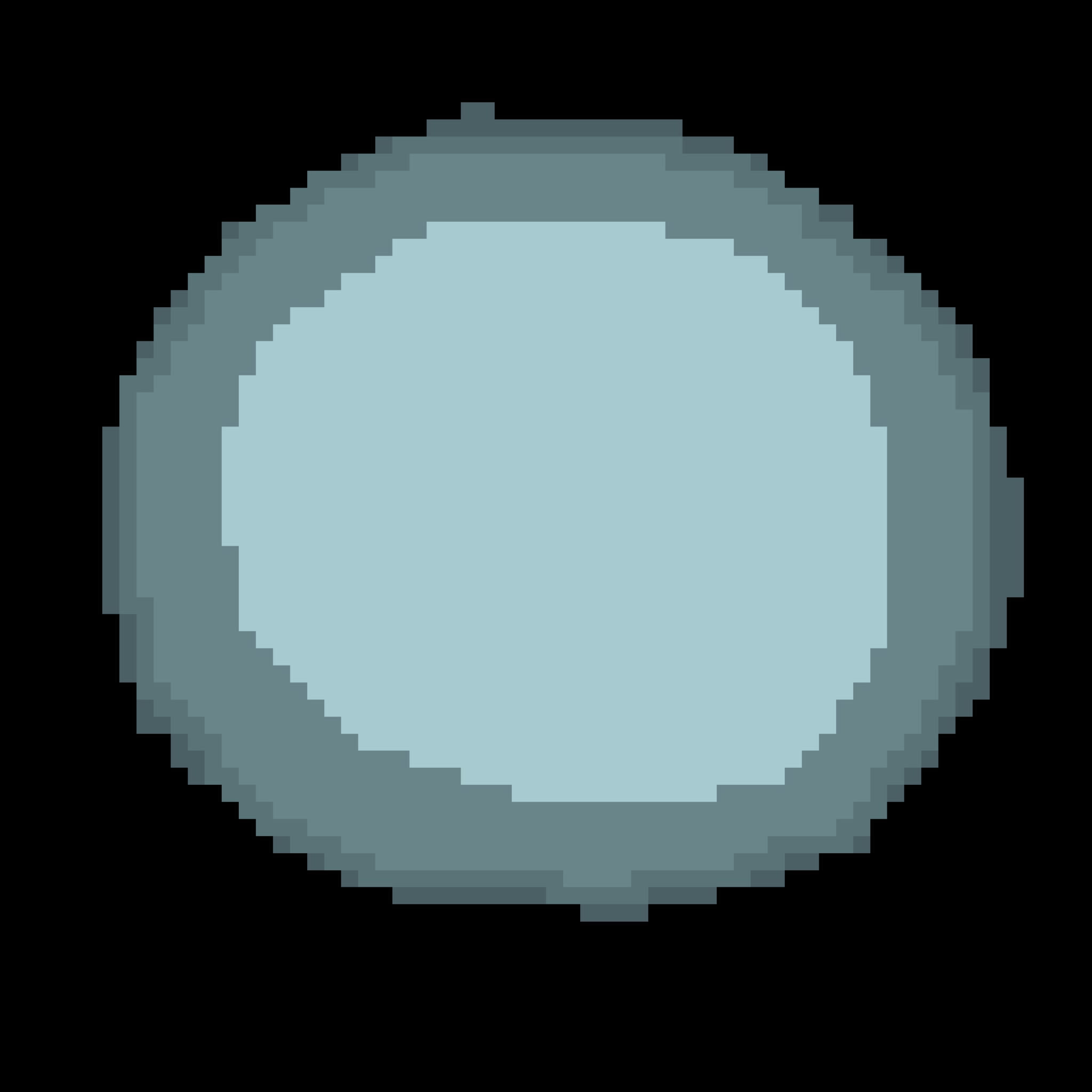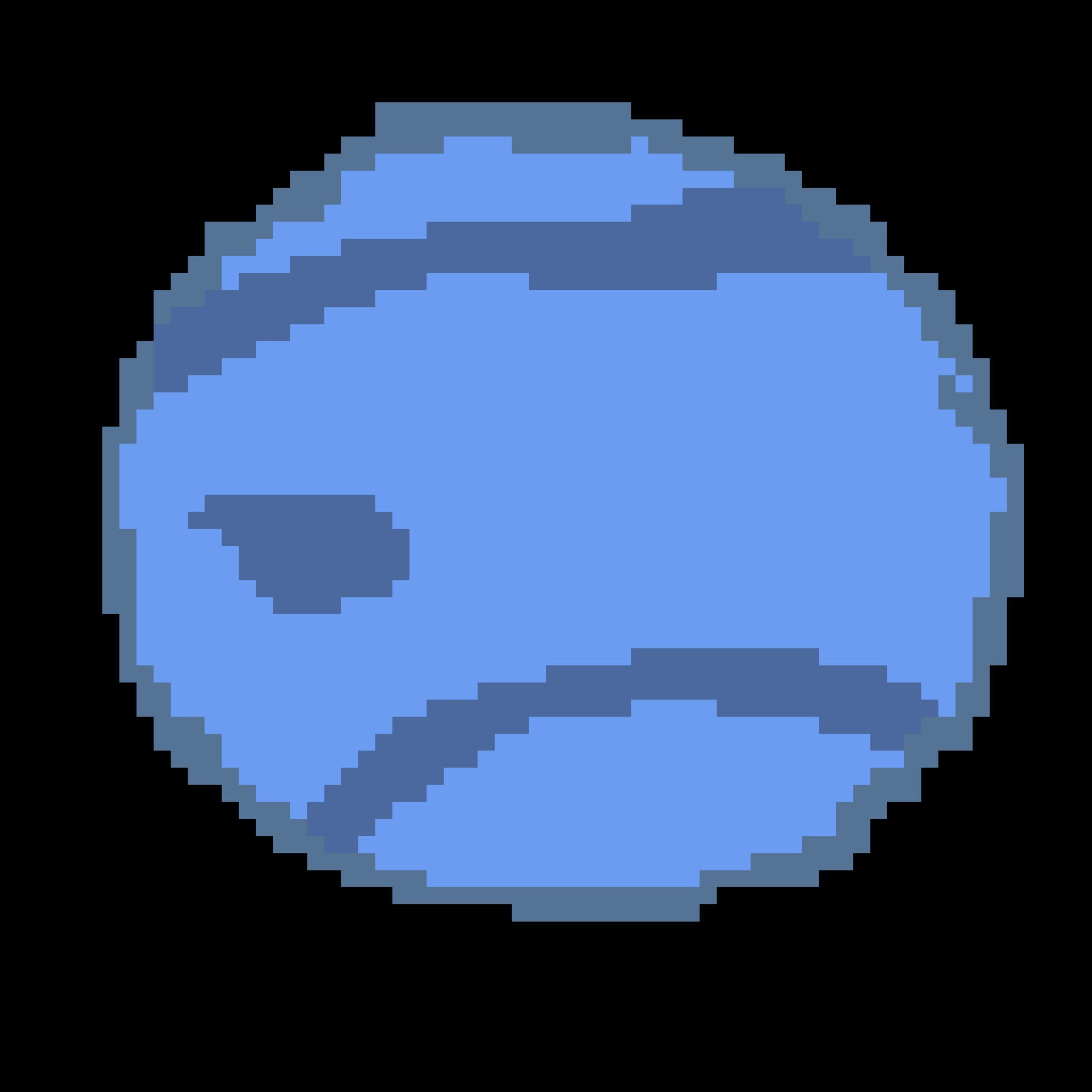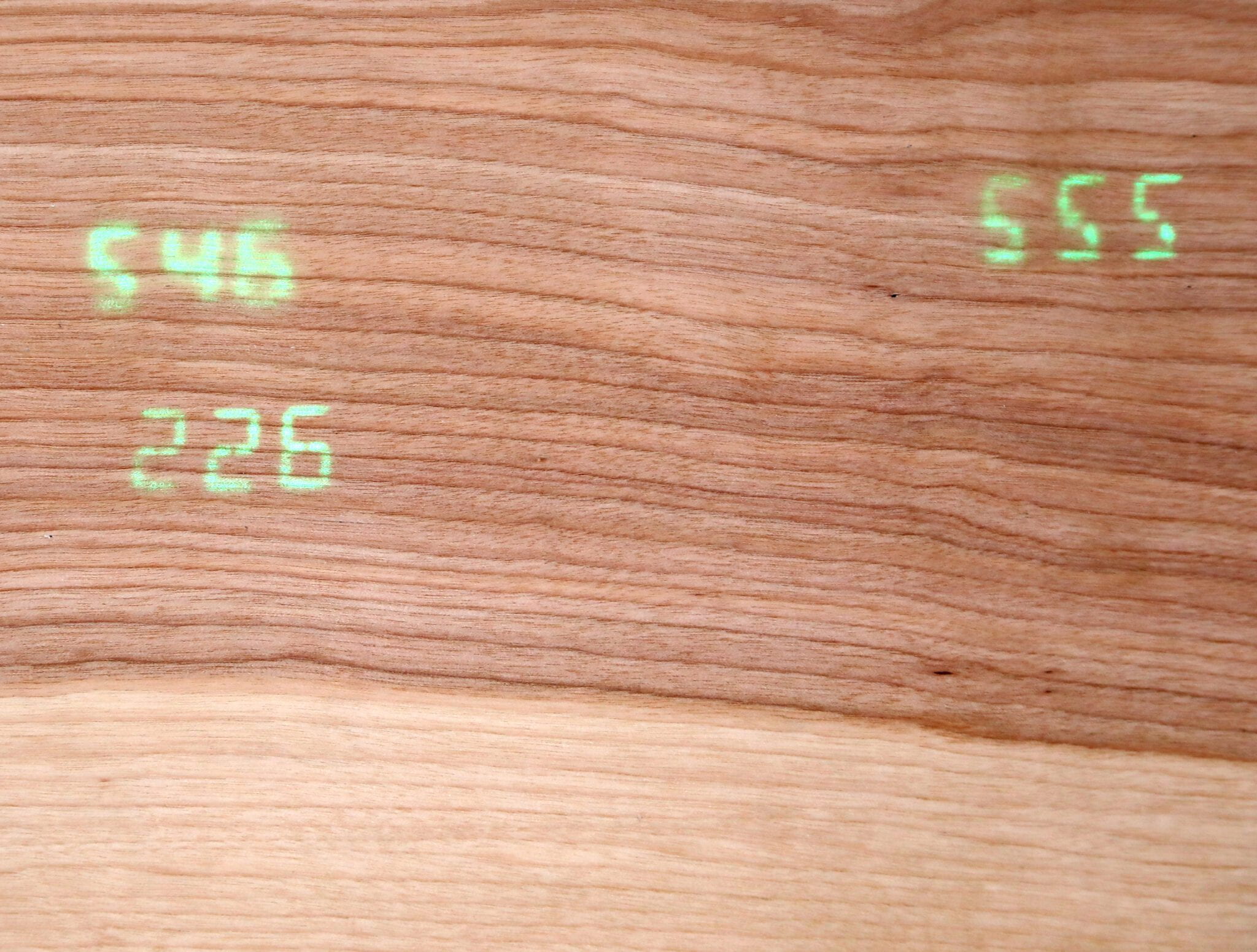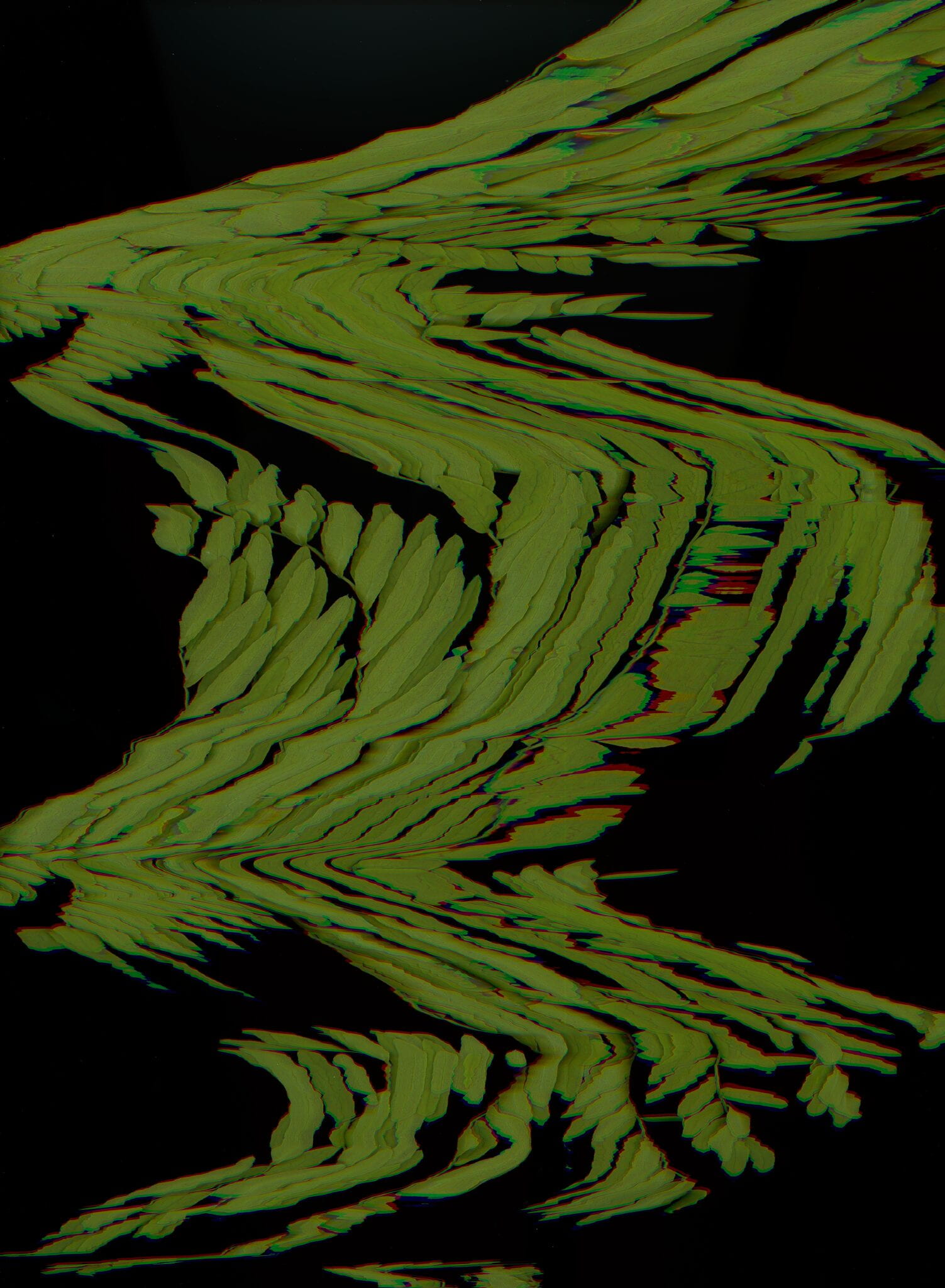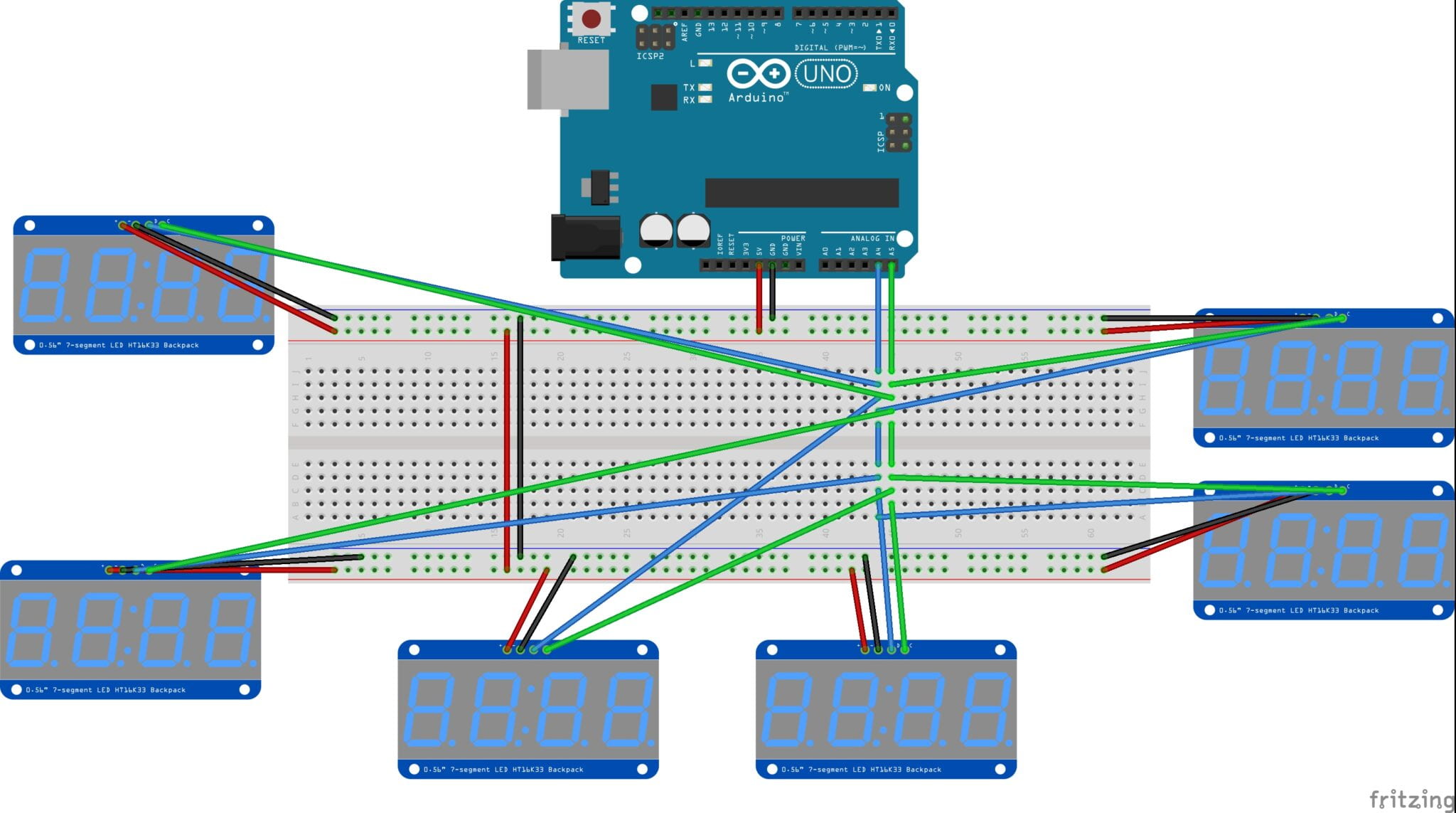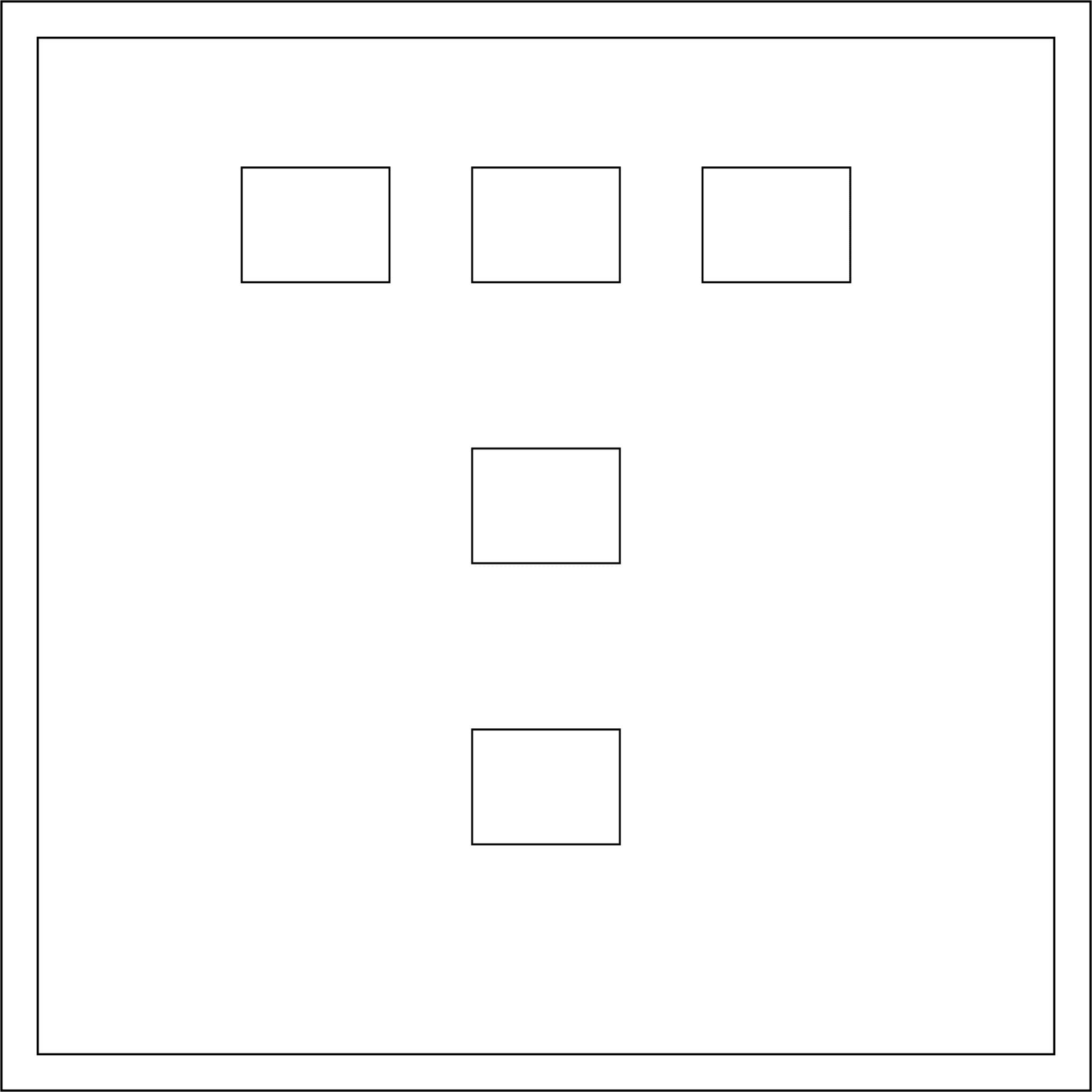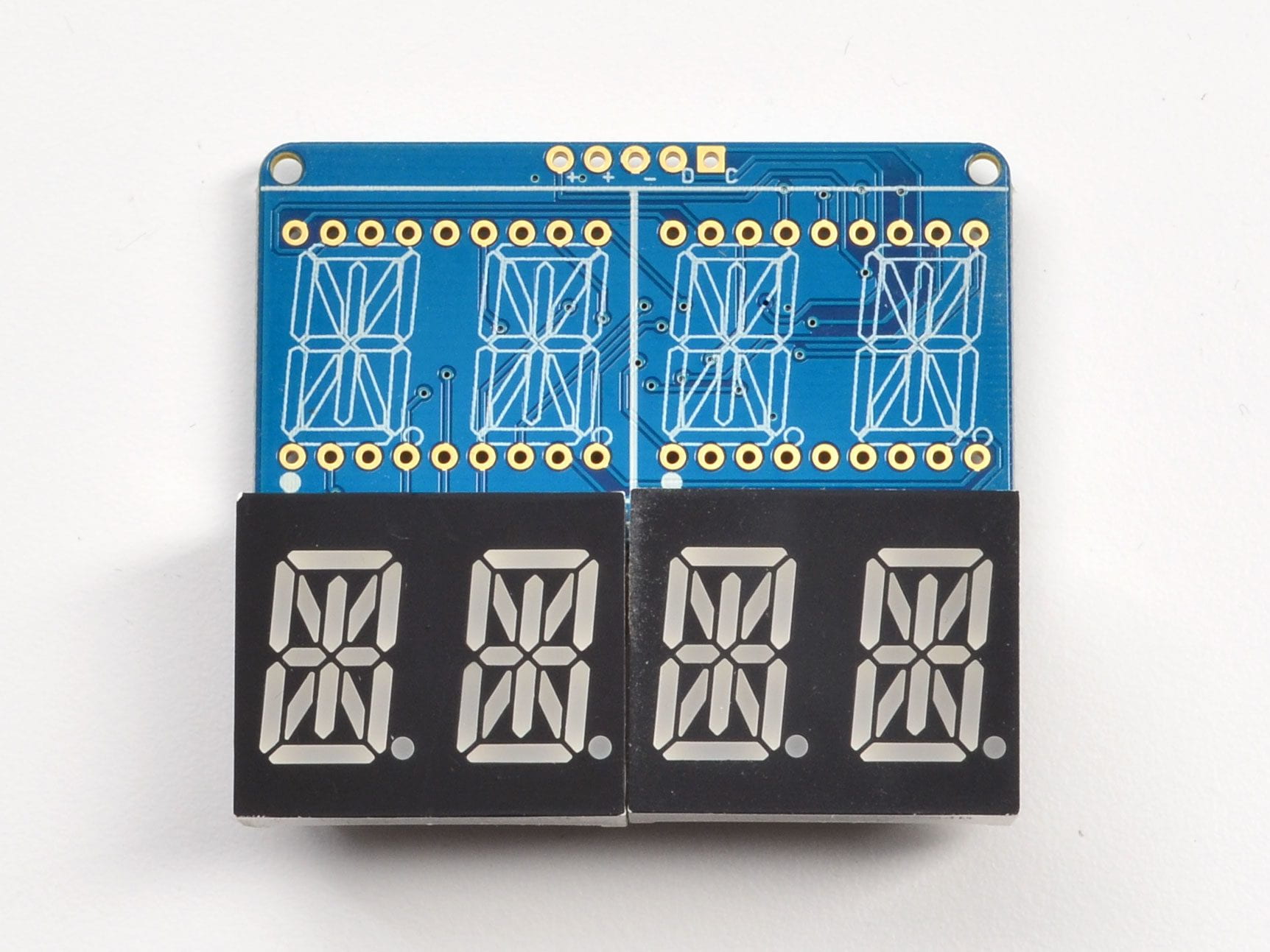The Big Bang’s Playing on TV
“Several members of the NASA Goddard COBE teamwork on WMAP. Like COBE, WMAP scans the sky repeatedly, soaking up the ancient light from the Big Bang known as the cosmic microwave background. Microwaves are a low-energy form of radiation but higher in energy than radio waves. The cosmic microwave background blankets the universe and is responsible for a sizeable amount of static on your television set–well, before the days of cable. Turn your television to an “in-between” channel, and part of the static you’ll see is the afterglow of the big bang.” – Background Explorer and the Science of John Mather – NASA.Gov
For this piece, I wanted to explore the idea of the cosmos and the formation of our solar system. While researching, I came across a fact that made my head spin; a portion of the static on old analog televisions is radiation from the big bang. This is truly the most incredible show on TV. After acquiring an old tv on eBay, I built an infinity mirror inside a wood housing for the static to be projected into. The viewer looks through the peephole and is surrounded by static. I filtered it blue to cut down on the overall luminosity. I’m hoping the viewer takes a moment to reflect on their existence and the formation of everything around them. I intentionally left the television exposed, so the viewer has a familiar object to relate to.
Below are some construction and process images. A huge thank you to Eric Kelab for helping me construct the walnut peephole.





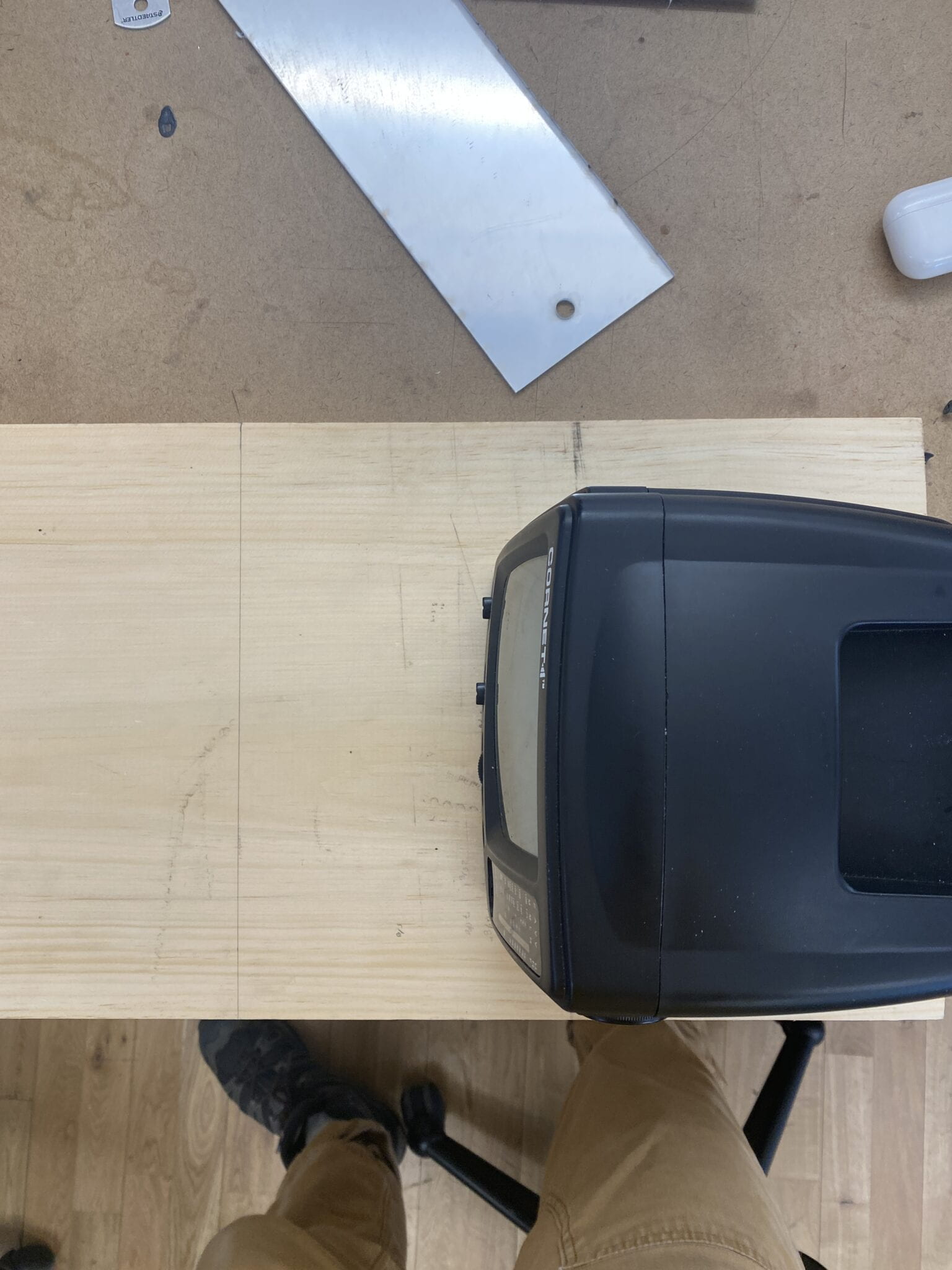 r
r